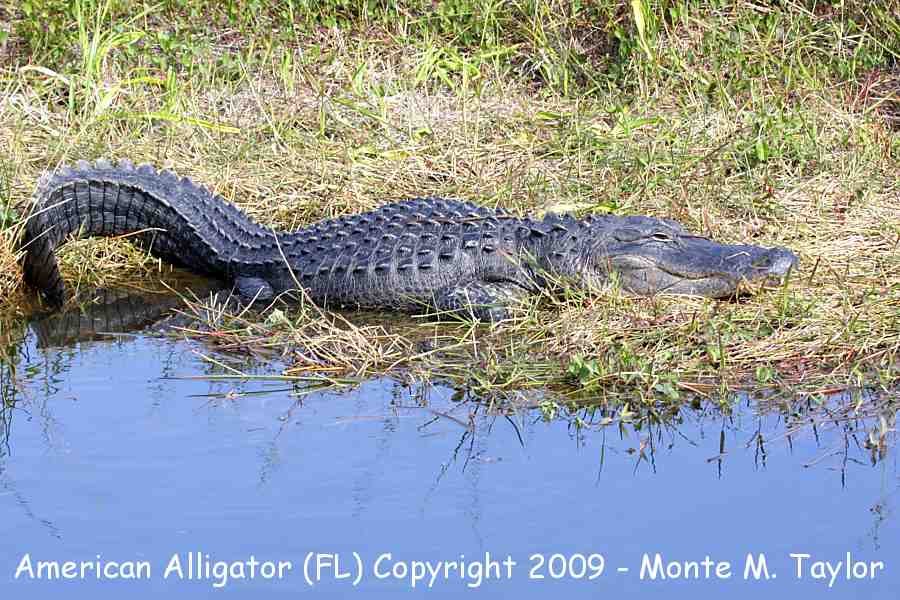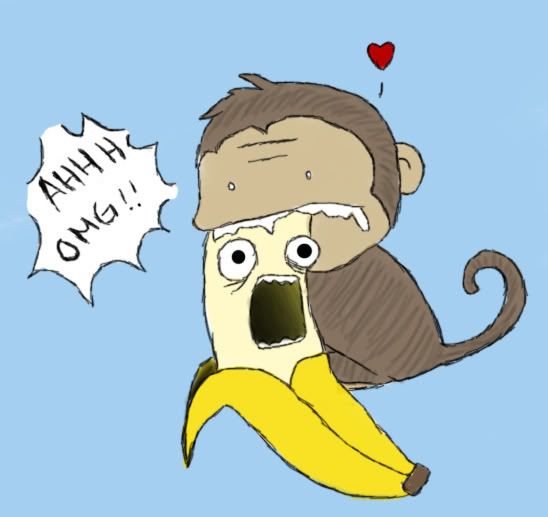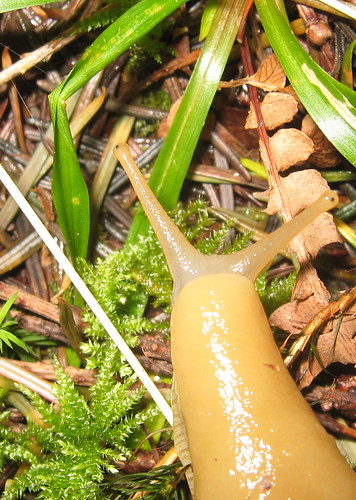This is a quiz to test you to see if you have been paying attention in our blog.
1.What is the range of temperature in
Celsius?
a) 48-3074 degrees
b)20-34 degrees
c) 10-30 degrees
d)There is no range
2.How much oxygen does the rainforest produce in the world?
a) 60%
b) 38%
c)40%
d)-40%
3. How many layers are there in the rain forest?
a) There are no layers
b)8
c)6
d)4
4.Which river is in the Amazon Rainforest?
a)Amazon river
b)Colorado River
c)Mississippi River
d)Snake River
5. What is the organism called if it produces in the food chain?
a)primary consumer
b)producer
c)insects
d)brownies
6.About how many species of animals are founds in 2.5 acres of a tropical rainforest?
a)60-80
b)10-90
c)50-500
d)40-100
7.What is the typical climate in the rainforest?
a)hot and humid
b)cold and dry
c)cold and humid
d)hot and dry
8.What is the average amount of rainfall in the rainforest yearly?
a)100-150"
b)20-709"
c)50-260"
d)58-92"
~Answers~
2.C
3.D
4.A
5.B
6.D
7.A
8.C
Here are some videos
http://www.youtube.com/watch?v=nUoyx2U_viA&feature=related
http://www.youtube.com/watch?v=g4fRUwJNzB0&feature=related
 l animals and alligators. The birds would sing and there would be a pleasant sound. Alligators would kill some birds or deer to eat, and the men thought that this was destroying the environment. As a result , they started killing the alligators. These men thought that they were doing the birds a favor, but instead of that, the bird population lowered. The men were speechless. If there were no alligators, how come the population deceased instead of increased. They found out that the alligator, even though they kill birds, in the winter, they would make ponds because the water would stop coming in. This helped many species of animals in the forest. In this way, the animals could get water even though the water didn't come though.Without the alligators to make the little ponds for the animals, they didn't have a source of water. As a result, their population lowered. These people were shocked of how much a secondary consumer could help scavengers and primary consumers alike. Let's sa
l animals and alligators. The birds would sing and there would be a pleasant sound. Alligators would kill some birds or deer to eat, and the men thought that this was destroying the environment. As a result , they started killing the alligators. These men thought that they were doing the birds a favor, but instead of that, the bird population lowered. The men were speechless. If there were no alligators, how come the population deceased instead of increased. They found out that the alligator, even though they kill birds, in the winter, they would make ponds because the water would stop coming in. This helped many species of animals in the forest. In this way, the animals could get water even though the water didn't come though.Without the alligators to make the little ponds for the animals, they didn't have a source of water. As a result, their population lowered. These people were shocked of how much a secondary consumer could help scavengers and primary consumers alike. Let's sa y that spiders were extinct (even though I doubt that would ever happen). As a result, flies and all those bugs that spiders eat would multiply. Each animal makes sure that the animals that they eat don't multiply that quickly. Another example is that if one species of animals were extinct, then the animals eating that wouldn't get much food. For example, if seals become extinct, then the polar bears wouldn't be getting much food. Even though they also eat fish, they wouldn't be getting as much as they use to.
y that spiders were extinct (even though I doubt that would ever happen). As a result, flies and all those bugs that spiders eat would multiply. Each animal makes sure that the animals that they eat don't multiply that quickly. Another example is that if one species of animals were extinct, then the animals eating that wouldn't get much food. For example, if seals become extinct, then the polar bears wouldn't be getting much food. Even though they also eat fish, they wouldn't be getting as much as they use to.




